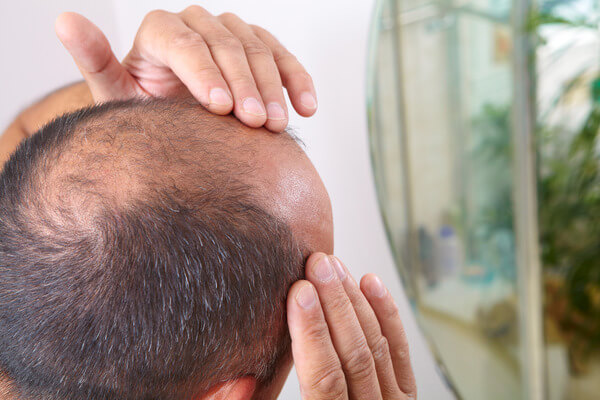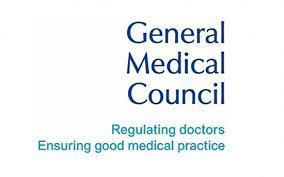Hair loss can be a frustrating and confidence-sapping experience. While hair transplants offer a permanent solution, they may not be suitable for everyone due to cost, recovery time, or personal preference. This blog post explores various non-surgical hair loss treatment options, empowering you to make informed decisions about your hair restoration journey.
Understanding Hair Loss Causes
Before diving into specific treatments, understanding the root cause of your hair loss is crucial. Common causes include:
- Androgenetic alopecia (male/female pattern baldness)
- Telogen effluvium (stress-induced hair loss)
- Alopecia areata (autoimmune disease causing patchy hair loss)
- Medical conditions or medications
- Nutritional deficiencies
Consulting a dermatologist or trichologist (hair loss specialist) can help determine the cause of your hair loss and recommend the most appropriate treatment options.
Non-Surgical Hair Loss Treatments:
- Medications:
- Minoxidil (Rogaine): A topical medication clinically proven to slow hair loss and promote new hair growth. It works by increasing blood flow to the scalp and stimulating hair follicles. However, results can take several months to appear, and consistent use is necessary for continued benefits.
- Finasteride (Propecia): This prescription medication is primarily used for male pattern baldness. It works by blocking the conversion of testosterone to DHT (dihydrotestosterone), a hormone that contributes to hair loss. Finasteride is not suitable for women due to potential side effects.
- Platelet-Rich Plasma (PRP) Therapy:
PRP therapy involves injecting a concentration of your own platelets into the scalp. Platelets are rich in growth factors that can stimulate hair growth and improve scalp health. While studies show promising results, the long-term efficacy of PRP therapy for hair loss requires further research.
- Laser Hair Therapy (LLLT):
This non-invasive treatment uses low-level laser light to target the scalp. The theory is that laser light can increase blood flow and stimulate hair follicles, promoting hair growth. LLLT may be most effective for early-stage hair loss and may require multiple treatment sessions for noticeable results.
- Nutritional Supplements:
Certain vitamins and minerals, including biotin, iron, vitamin D, and zinc, play a role in hair growth. Deficiencies in these nutrients can contribute to hair loss. While a balanced diet is ideal, consulting a doctor about potential deficiencies and appropriate supplements can be beneficial.
Limitations of Non-Surgical Treatments:
It’s important to understand that non-surgical hair loss treatments may not be a cure-all for everyone. Their effectiveness can vary depending on the cause and severity of hair loss. Some treatments may take time to show results and require ongoing use for maintenance.
Choosing the Right Treatment:
The best non-surgical hair loss treatment for you depends on individual factors like the cause of your hair loss, medical history, and desired outcomes. Consulting a hair loss specialist is essential to discuss your options and develop a personalized treatment plan.
Conclusion
Non-surgical hair loss treatments offer a non-invasive approach to managing hair loss and promoting hair growth. While they may not be a permanent solution for everyone, they can be a valuable tool in your hair restoration journey. Remember, early intervention and a holistic approach that addresses the underlying cause of hair loss can yield the best results.






